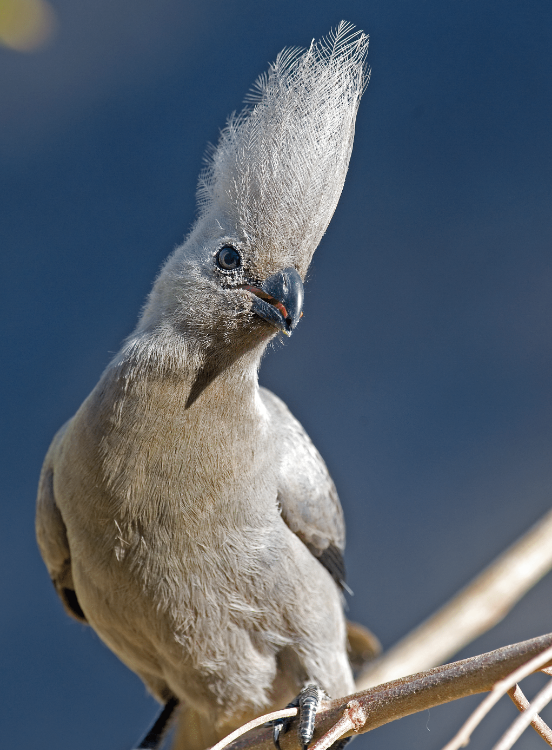Namibia – Back to living off nature
August 28, 2012Business is booming at Belvedere Guest House – Windhoek
August 28, 2012Lilacbreasted roller
Coracias caudate
Roberts No 447
by Pompie Burger
This is one of Namibia’s most common roadside birds, and it is definitely one of the country’s most colourful species. In fact, if someone had shown me a painting of a lilacbreasted roller before I had actually seen a real one, I would have thought the artist had gone completely overboard because of the incredible variety of exquisite colours.
For reasons I can’t quite account for, I think lilacbreasted rollers are roadside birds par excellence, as one rarely sees them anywhere else. Besides, they are so conspicuous you can’t very well miss them when driving along Namibia’s roads, especially when they glide down from a telephone pole for a snack. It’s only when they fly that one can really appreciate the brilliant bright-blue colour of their wings. Their aerial acrobatics during courtship, enhanced by the spectacular display of the vivid colours, are breathtaking. Their name ‘roller’ stems from the way they rock from side to side when diving to perch.
Their heads are relatively large, and their bills strong and broad with slightly hooked tips. They have short legs, making them look rather clumsy on the ground. Their diet consists of insects, scorpions, lizards, snails and frogs. Apart from being telephone-pole addicts, they are also partial to hunting in the vicinity of grass fires and on dry floodplains.
They usually occur as solitary individuals or in pairs, primarily in areas with trees or telephone poles. In Namibia they are relatively common throughout the country, except in the south-western treeless regions. They breed from August until December.
As impressive and good-looking as these birds are, as awkward and harsh is their call, referred to aptly as Gabelracke in German because of the ‘rak-zak-zaak, zak-zak-rak-zaak’ sound. Their Afrikaans name troupand, on the other hand, is rather more charming, as it means marriage token.
This article appeared in the Feb/March ‘05 edition of Travel News Namibia.
Based in Windhoek, Pompie Burger is an orthopaedic surgeon whose part-time passion is photography, in particular wildlife, and specifically birds. This regularly takes him to the most remote corners of the country, resulting in riveting images and articles.
Pompie is the author and photographer of the coffee table book Birds of Namibia, which was published in 2008. The book contains articles and photographs which attest to the insight and knowledge of an accomplished observer.
Read more of his articles in our Birding Section.


